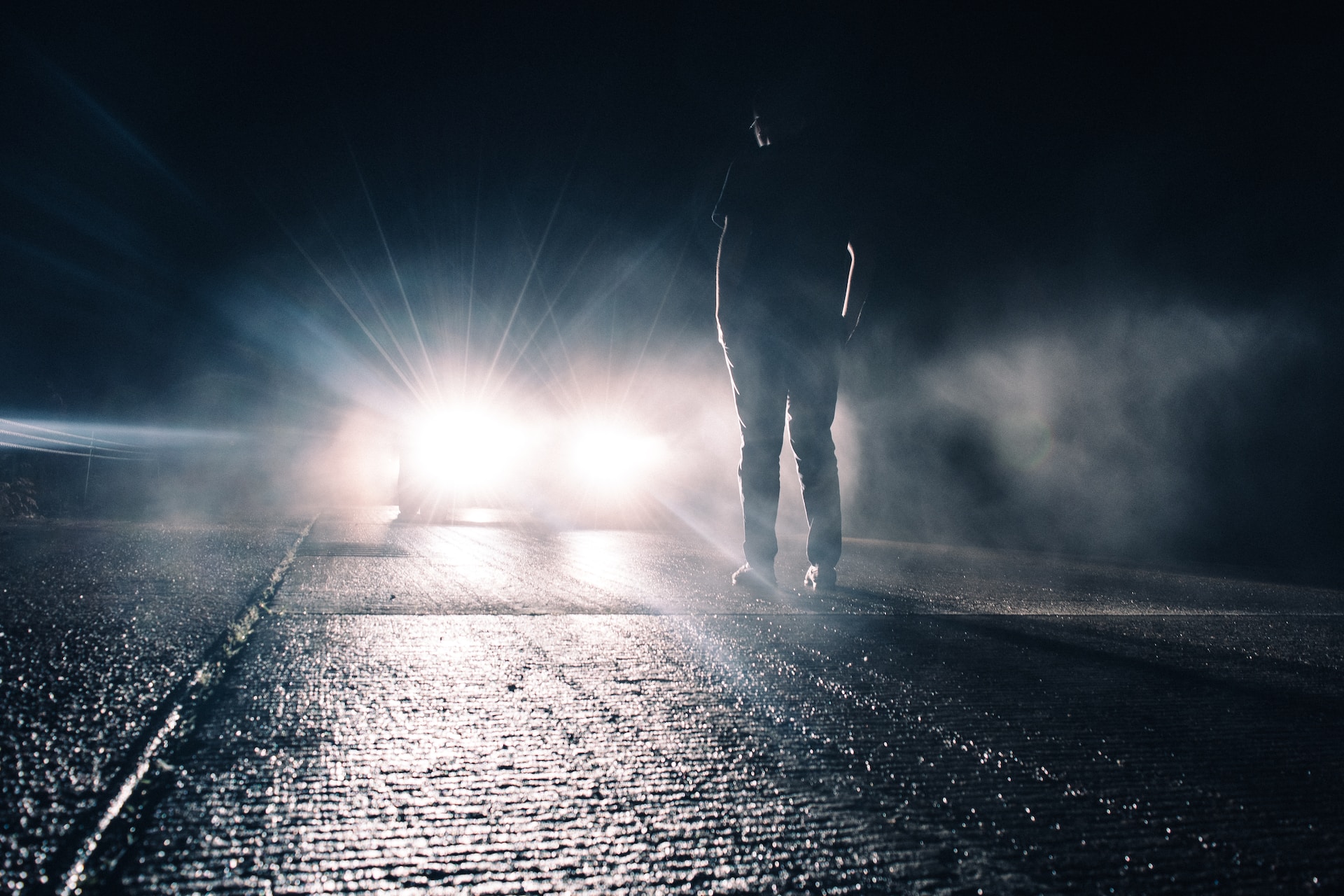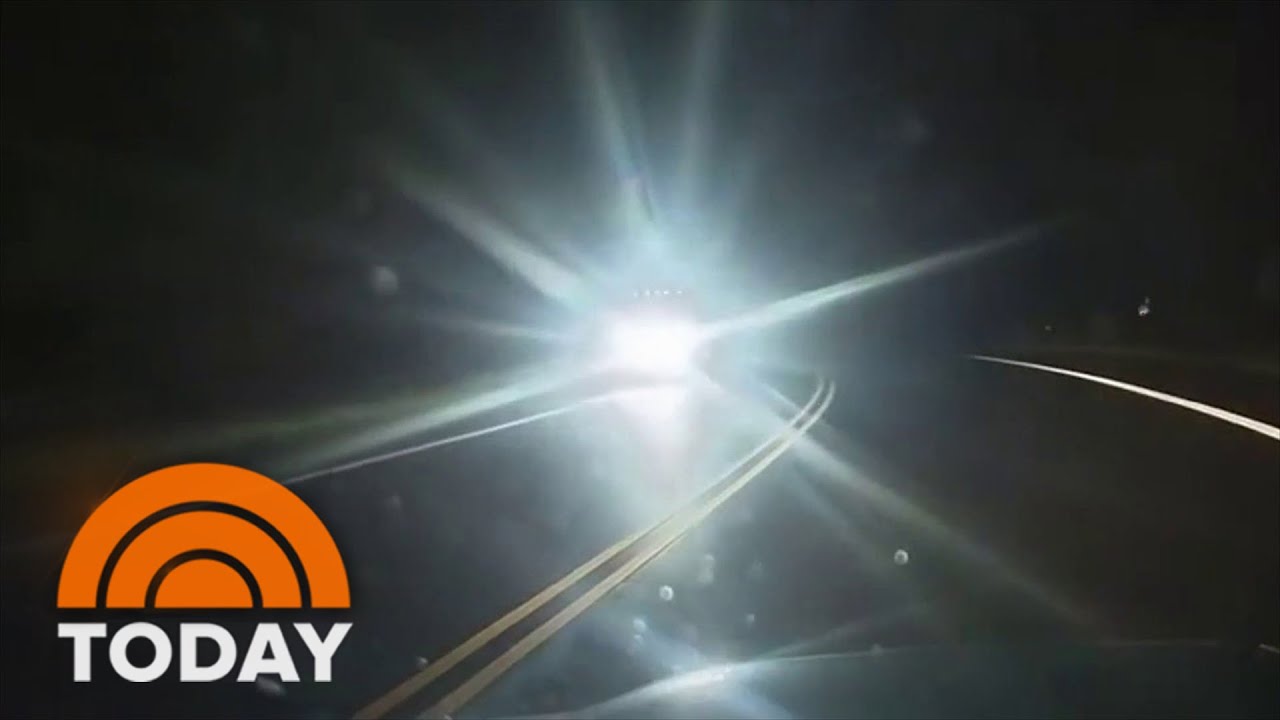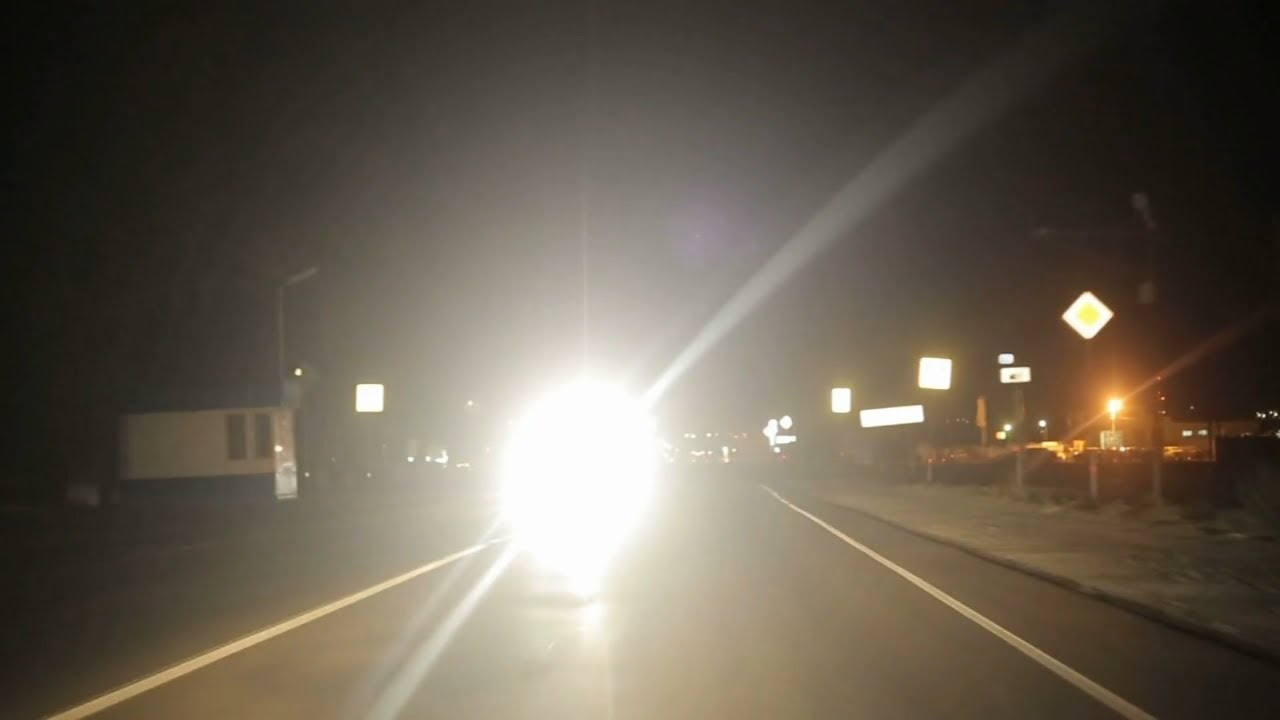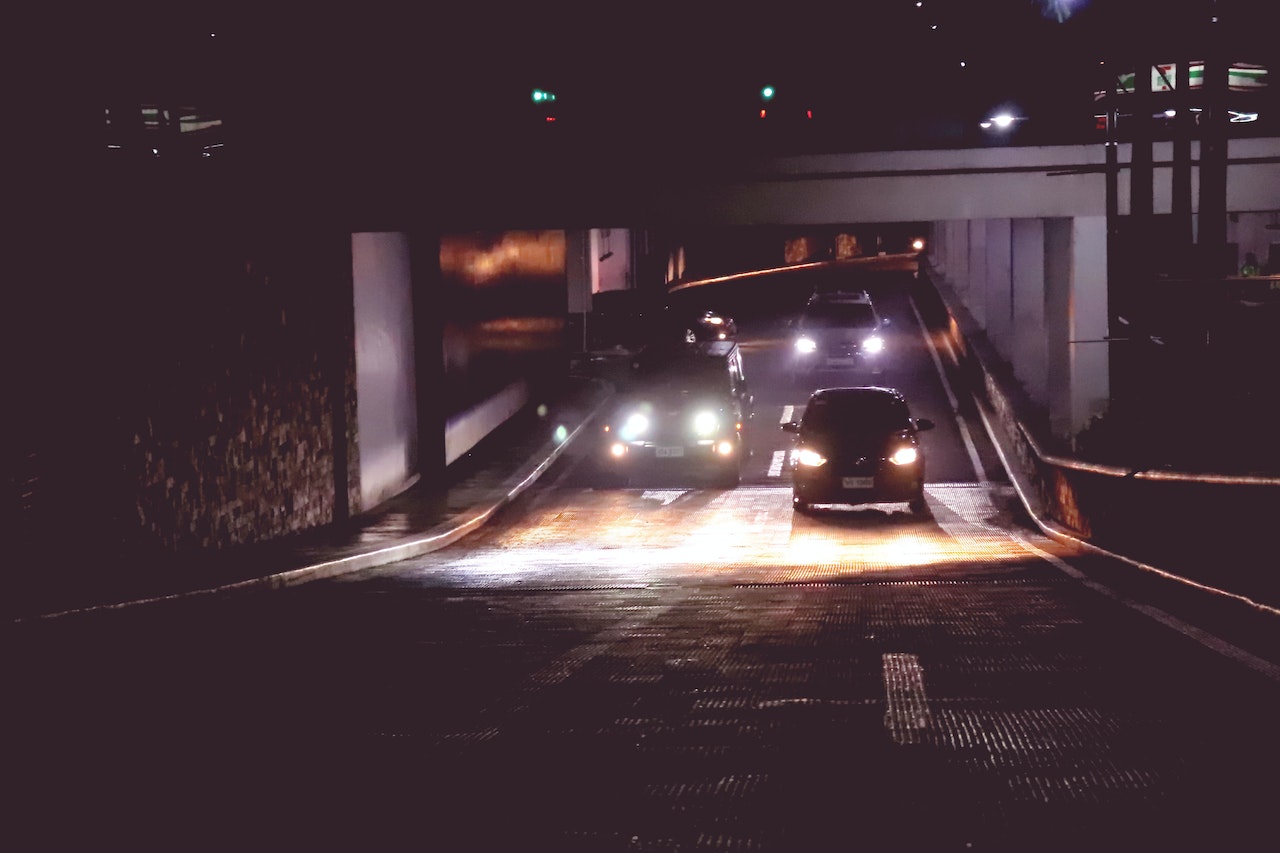Blinding Headlights - U.S. Drivers Complaining Yet Again
What could be more worrisome (or scarier) than driving alone on a deserted road? Well, several vehicles going in the opposite direction with blinding headlights. Too much brightness can distract you and ruin your focus - and that’s dangerous!
Author:Elisa MuellerReviewer:Emily SanchezMay 18, 20239.5K Shares399K Views

Blinding headlightshave become a perennial problem among drivers in the United States.
It poses a significant risk to road safety and cause discomfort for motorists on a daily basis.
As technology has advanced and automotive lighting systems have become increasingly powerful, the issue of headlight glare has intensified, resulting in a growing concern among drivers nationwide.
The blinding effect of these headlights not only impairs visibility but also leads to driver distraction, fatigue, and potential accidents.
This issue affects drivers of all types of vehicles, from sedans and trucks to motorcycles and bicycles, making it a pervasive challenge on American roads.
Now the concern of motorists in the U.S. regarding blinding headlights is recently making headlines once more.

Blinding headlights are growing problem on US roads
What Is The Problem Of Blinding Headlights?
Blinding headlights can cause several problems, both for the drivers experiencing the glare and for other road users.
Here are some of the potential issues caused by blinding headlights:
a. Reduced visibility
When drivers are exposed to blinding headlights, their vision can be temporarily impaired, leading to reduced visibility of the road ahead.
This can make it difficult to detect hazards, pedestrians, or other vehicles, increasing the risk of accidents.
“„It’s to the point where I will avoid driving at night because some headlights are just so bright.- Ashley Seery
She added:
“„They can literally blind me. I have to turn my mirrors away so that I can drive in peace without the glare.- Ashley Seery
b. Eye strain and fatigue
Constant exposure to intense light can cause eye strain and fatigue, especially during nighttime driving.
Struggling to adapt to sudden changes in brightness can lead to:
- discomfort
- headaches
- decreased concentration
c. Disorientation and impaired judgment
Blinding headlights can momentarily blind drivers, causing disorientation and impaired judgment.
This can make it challenging to accurately assess distances, determine the speed of oncoming vehicles, or make appropriate driving decisions.
d. Glare recovery time
After being exposed to bright headlights, it takes time for the eyes to recover and readjust to normal lighting conditions.
During this recovery period, drivers may have difficulty seeing clearly, which can increase the likelihood of accidents.
e. Distraction and loss of focus
When drivers are faced with intense glare from oncoming headlights, their attention may be diverted from the road ahead, leading to distraction and loss of focus.
This can result in delayed reactions to potential hazards or changes in traffic conditions.
Bright Headlights Causing Accidents
Collisions can happen as a result of a combination of these three:
- reduced visibility
- impaired judgment
- distraction
The possibility increase during these conditions:
- night driving
- inclement weather
- when encountering improperly adjusted or overly bright headlights
Super Bright Headlights Illegal
Super bright headlights - typically described as blinding headlights - in the U.S. must comply with certain regulations to ensure they are not excessively bright or pose a safety hazard to other drivers on the road.
The U.S. Department of Transportation (DOT) has established regulations regarding headlight brightness and intensity.
Federal Motor Vehicle Safety Standard (FMVSS) No. 108 sets the requirements for headlight performance in the U.S.
According to these standards, headlights must meet specific criteria, including:
- brightness
- beam pattern
- aiming
The purpose of these regulations is to ensure that headlights provide adequate illumination for the driver without blinding oncoming traffic.
While there is no specific brightness limit stated in FMVSS No. 108, headlights that emit an excessively bright or dazzling light can be considered non-compliant.
State laws may also have specific regulations regarding headlight brightness, so it’s essential to check the laws in your particular state for more specific information.

Thousands of drivers sign petition calling for ban on 'blinding' vehicle headlights
Fight Back Against Bright Headlights
Bright or blinding headlights can be a nuisance and potentially hazardous, especially when they impair your vision while driving at night.
Here are some suggestions on how to mitigate the impact of bright headlights and improve your safety:
1. Adjust your own headlights.
Ensure that your headlights are properly aligned and aimed correctly.
Misaligned headlights can contribute to the problem and make it harder for you to see clearly.
2. Clean your windshield and mirrors.
Regularly clean your windshield, both inside and outside, as well as your rearview and side mirrors.
Dust, dirt, and smudges can scatter light and make the glare worse.
3. Use anti-glare features.
Most rear-view mirrors have an anti-glare function that you can activate.
It reduces the intensity of light coming from the vehicles behind you, lessening the glare.
4. Look to the right side of the road.
When bright or blinding headlights approach from the opposite direction, shift your gaze slightly to the right side of the road.
This helps to avoid direct exposure to the glare.
5. Avoid looking directly at the headlights.
Instead of focusing on the bright lights or the blinding headlights, try to glance at the road markings or the edge of the road.
That way, you can maintain your orientation without directly staring into the glare.
6. Dim your dashboard lights.
Reduce the brightness of your dashboard lights to avoid further contrast between the bright lights outside and the dimmer interior.
This can help prevent additional strain on your eyes.
7. Wear anti-glare glasses.
Consider wearing glasses with anti-glare coatings or lenses designed to reduce the impact of bright lights and blinding headlights.
These glasses can be especially helpful for individuals who are more sensitive to glare.
8. Increase following distance.
If a vehicle with excessively bright headlights is tailgating you, increase the following distance between your car and the one in front.
This can provide you with a buffer zone and reduce the glare.
9. Talk to a professional.
Visit an automotive service center or dealership to inquire if any modifications can be made to your vehicle’s headlights to minimize their brightness.
10. Report extreme cases.
If you frequently encounter vehicles with excessively bright or blinding headlights that pose a significant hazard, consider reporting them to local law enforcement.
Provide details such as the vehicle’s description, license plate number, and the time and location of the incidents.
Remember, your safety is paramount.
Always stay focused, drive defensively, and, if necessary, pull over to a safe location until the bright or blinding headlights have passed.
People Also Ask
Why Do Headlights Bother Me?
There are several possible reasons why certain people may be bothered by headlights:
a. Sensitivity to light
Some individuals are more sensitive to bright lights, including headlights.
This sensitivity can be due to a condition called photophobia, which causes discomfort or pain in response to light exposure.
It may be a result of underlying eye conditions, such as:
- cataracts
- corneal abnormalities
- eye injuries
b. Glare
Headlights, especially when they are improperly aligned or on high beams or what we call blinding headlights, can produce intense glare that can be distracting and uncomfortable for some people.
Glare occurs when the light scatters and reflects off surfaces, reducing visibility and causing discomfort.
c. Night blindness
Individuals with night blindness have difficulty seeing in low-light conditions, such as at night or in dimly lit environments.
When they encounter oncoming headlights, it can temporarily blind them and make it challenging to see the road clearly.
d. Migraine or headache triggers
For some individuals, bright lights, including headlights, can trigger migraines or headaches.
This can be due to the light intensity, flickering effects, or the contrast between the bright lights and the surrounding environment.
e. Anxiety or sensory processing issues
People with anxiety disorders or sensory processing issues may be more sensitive to sensory stimuli, including bright lights or blinding headlights.
For some individuals, headlights particularly blinding headlights can cause:
- discomfort
- anxiety
- sensory overload
Can Astigmatism Cause Light Sensitivity?
Astigmatism itself does not typically cause light sensitivity.
Astigmatism is a refractive error that occurs when the cornea or lens of the eye has an irregular shape, causing blurred or distorted vision at both near and far distances.
Light sensitivity, aka photophobia, is the heightened sensitivity to light, leading to discomfort or pain in bright environments.
It can be caused by various factors, including migraines and medication side effects.
Can Coca Cola Clean Headlights?
Coca-Cola is sometimes suggested as a DIY method to clean headlights due to its acidic nature.
The theory is that the acidity of Coca-Cola can help remove oxidation and grime from the headlights, making them appear clearer.
While Coca-Cola may temporarily improve the appearance of headlights, it is not a long-term solution.
Also, the sugary residue left by Coca-Cola can attract dirt and potentially cause more harm than good.
Final Thoughts
More and more motorists in the U.S. - also possible in other countries as well - are complaining about blinding headlights.
And why not? They can be life threatening!
No wonder bright headlights that exceed the legal limits or cause glare and discomfort to other drivers may be considered illegal in the U.S.
It’s important to be aware of blinding headlights and to use headlights that meet the necessary safety standards and don’t compromise the visibility and safety of other road users.

Elisa Mueller
Author
Elisa Mueller, a Kansas City native, grew up surrounded by the wonders of books and movies, inspired by her parents' passion for education and film.
She earned bachelor's degrees in English and Journalism from the University of Kansas before moving to New York City, where she spent a decade at Entertainment Weekly, visiting film sets worldwide.
With over 8 years in the entertainment industry, Elisa is a seasoned journalist and media analyst, holding a degree in Journalism from NYU. Her insightful critiques have been featured in prestigious publications, cementing her reputation for accuracy and depth.
Outside of work, she enjoys attending film festivals, painting, writing fiction, and studying numerology.

Emily Sanchez
Reviewer
Emily Sanchez, a Fashion Journalist who graduated from New York University, brings over a decade of experience to her writing. Her articles delve into fashion trends, celebrity culture, and the fascinating world of numerology.
Emily's unique perspective and deep industry knowledge make her a trusted voice in fashion journalism.
Outside of her work, she enjoys photography, attending live music events, and practicing yoga for relaxation.
Latest Articles
Popular Articles


